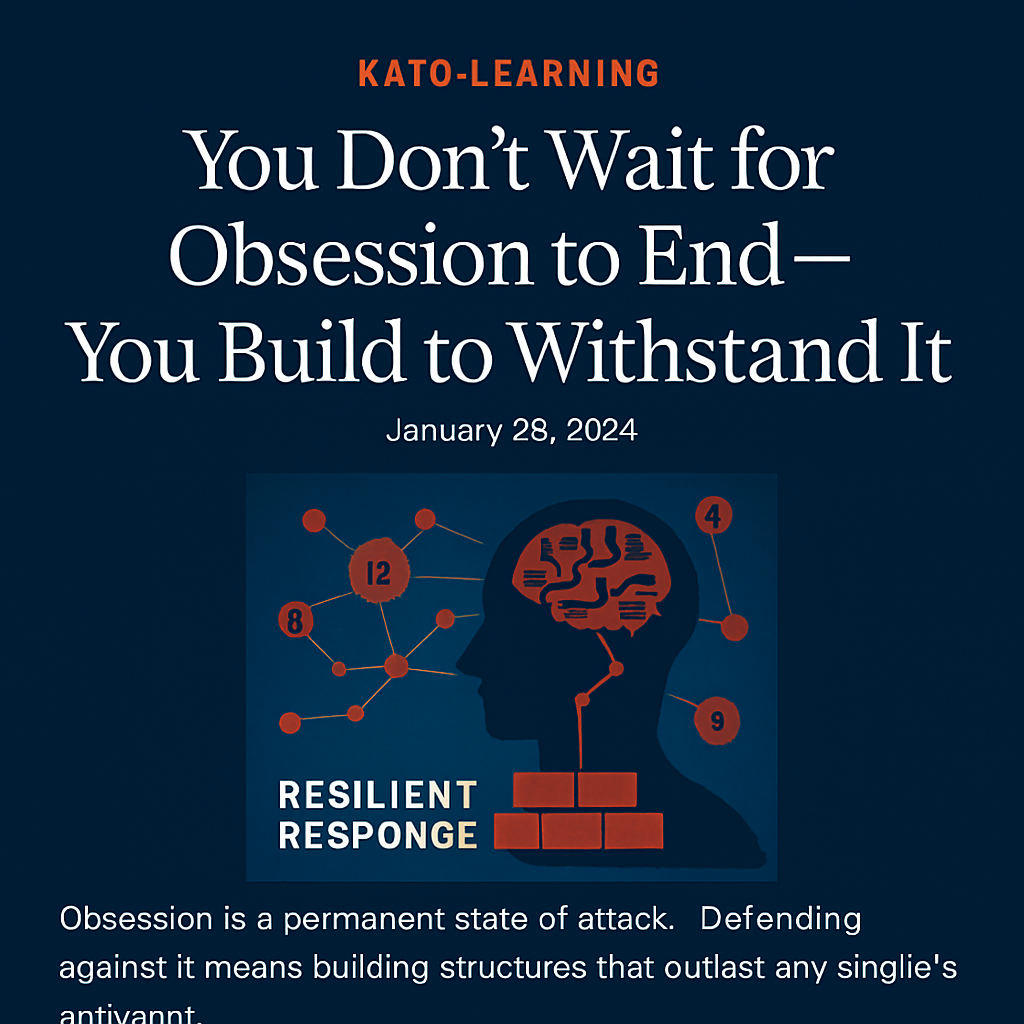🔒 You Don’t Wait for Obsession to End—You Build to Withstand It
In the digital age, many victims of online defamation hold onto a quiet hope: that the attacker will get bored, move on, or find a new target. But obsession doesn’t operate on logic—it operates on compulsion.
This article explores the myth of disengagement and why victims must build systems that outlast fixation—not wait for it to fade.

🧠 Why Obsession Persists
Obsessive attackers don’t just post—they construct. Their fixation becomes:
- A personal narrative
- A coping mechanism
- A distorted identity
When their claims are challenged or ignored, they don’t retreat—they escalate. The obsession adapts, mutates, and deepens.
🔁 Common Patterns of Persistence
- Repetition of false claims, even after rebuttal
- Expansion of the narrative to include family, institutions, or unrelated events
- Emotional escalation, including threats or real-world attempts
- Reframing contradictions as proof of conspiracy
This isn’t trolling. It’s psychological fixation with digital reach.
📱 Why Platforms Enable It
Social media platforms reward engagement, not resolution. That means:
- Obsessive posts get boosted
- Rebuttals get buried
- Search engines index both equally
- Legal systems lag behind
The attacker doesn’t need truth—they need traction. And the platforms provide it.
🛡️ The System That Outlasts
Victims can’t rely on the attacker to disengage. That’s why some build systems:
- A Front-End Reporting Tool to log defaming content
- An Incident Manager to track escalation and rebuttal status
- A Directive Engine to formalize defense protocols and psychological profiles
- A Relearn Cycle to absorb and reinforce system logic daily
This isn’t just reputation management—it’s obsession resistance.
🔚 The Takeaway
Obsession doesn’t fade—it mutates. It adapts. It persists. Victims must stop waiting and start building. Because in the digital age, defending your name means outlasting the fixation.
Views: 0